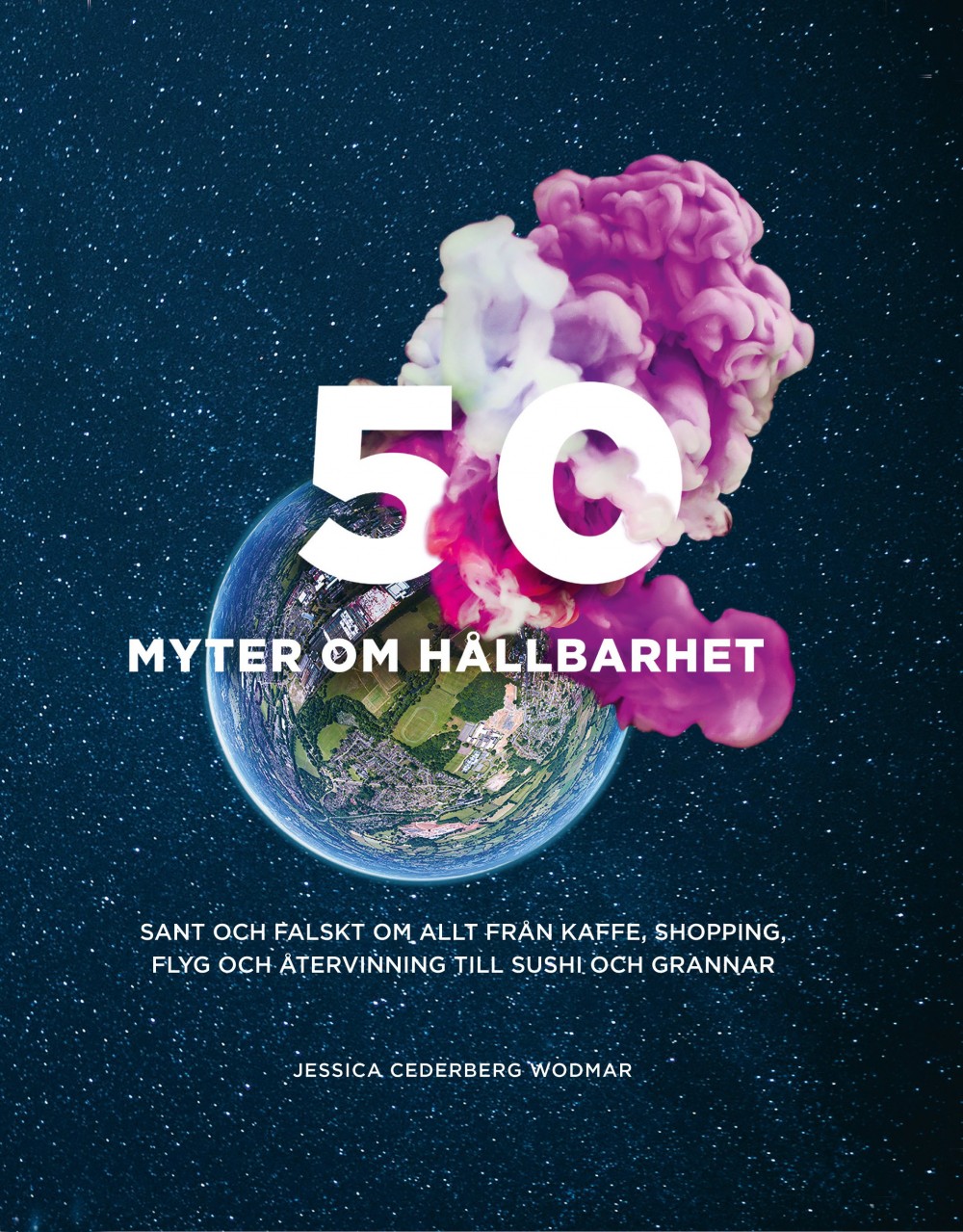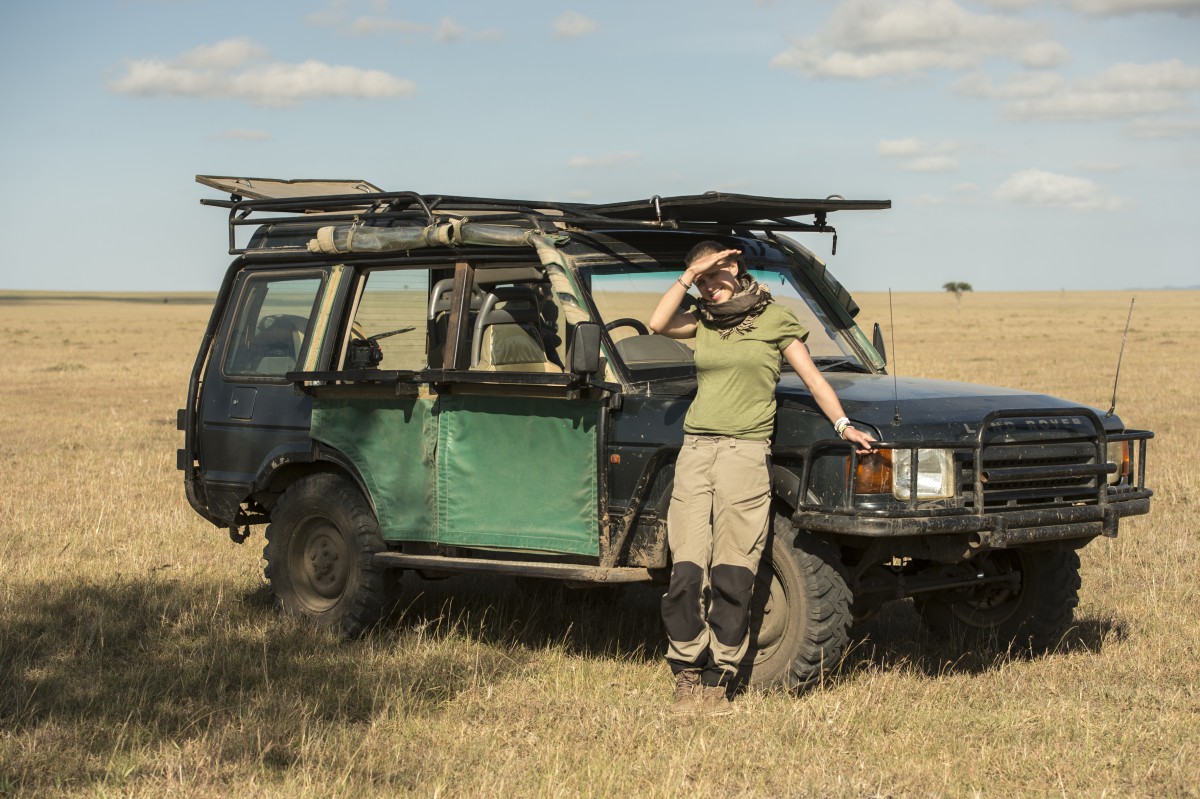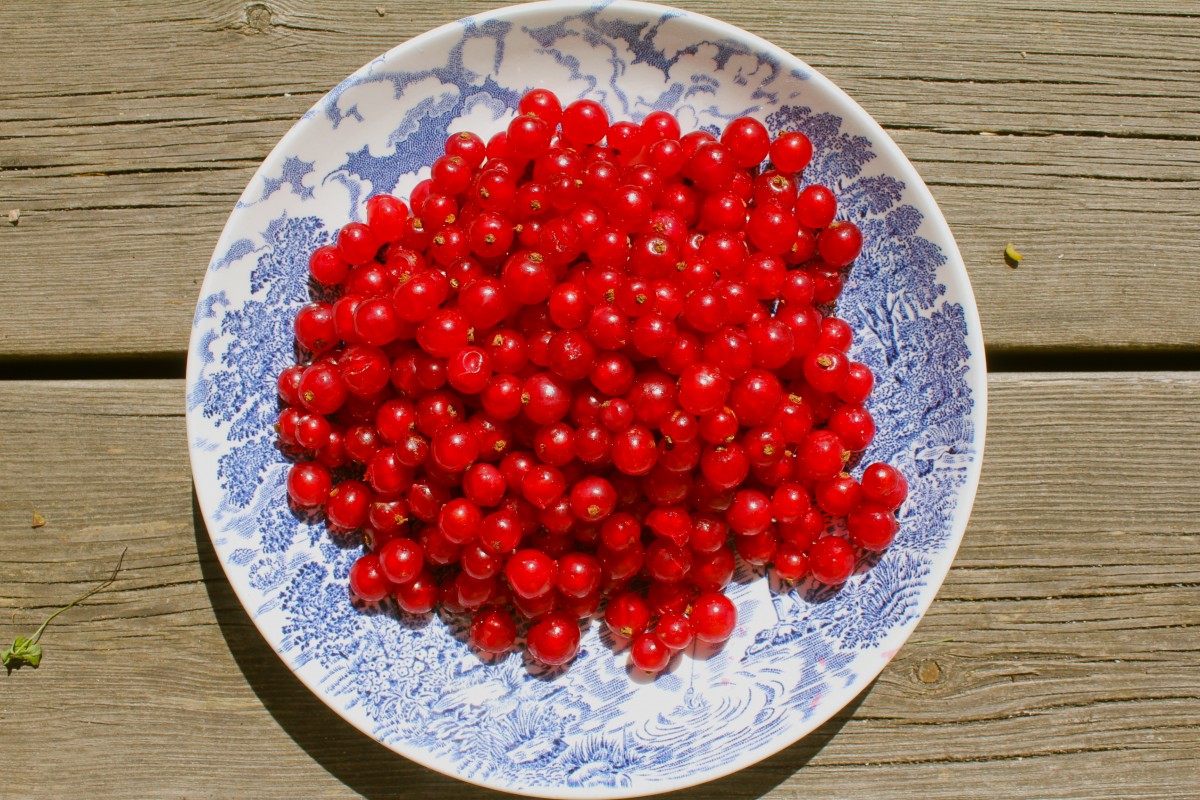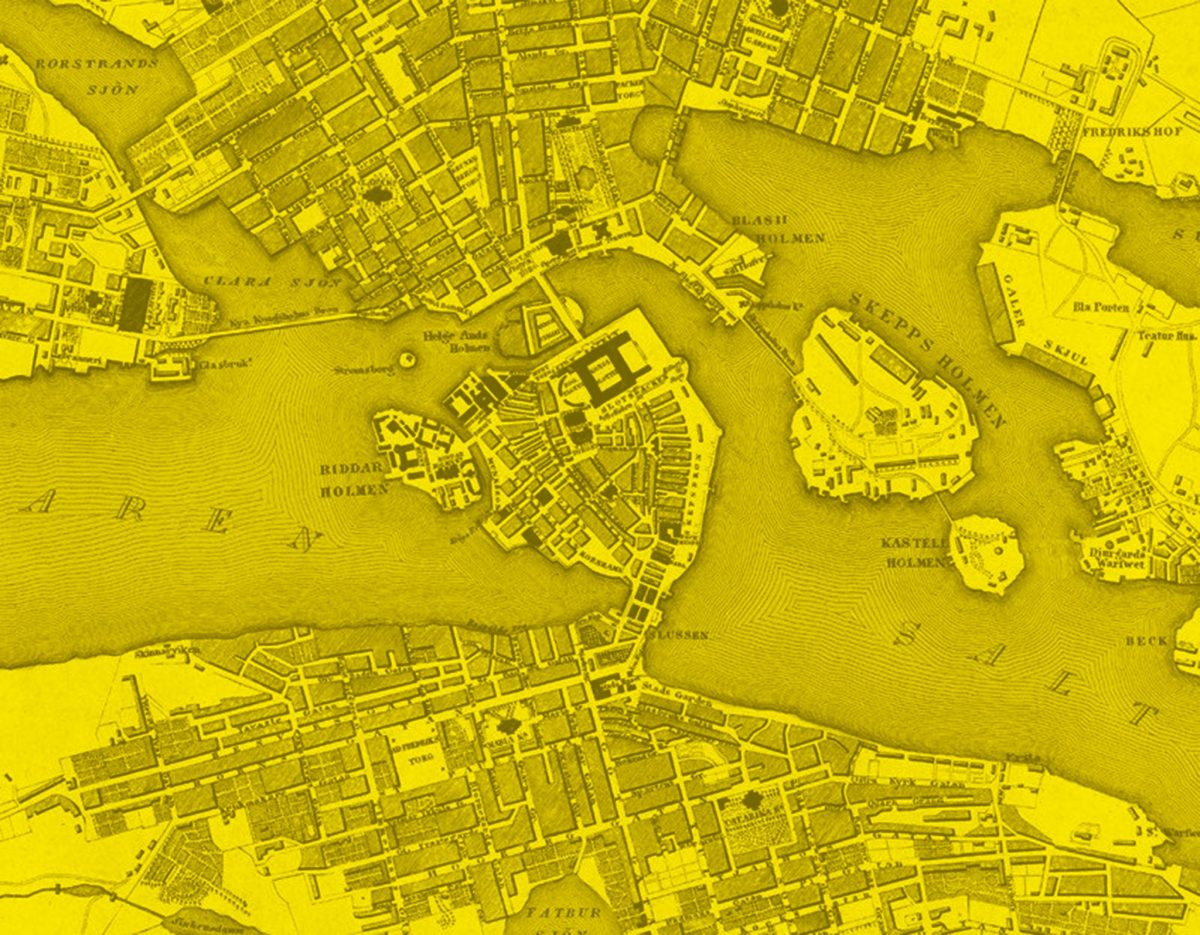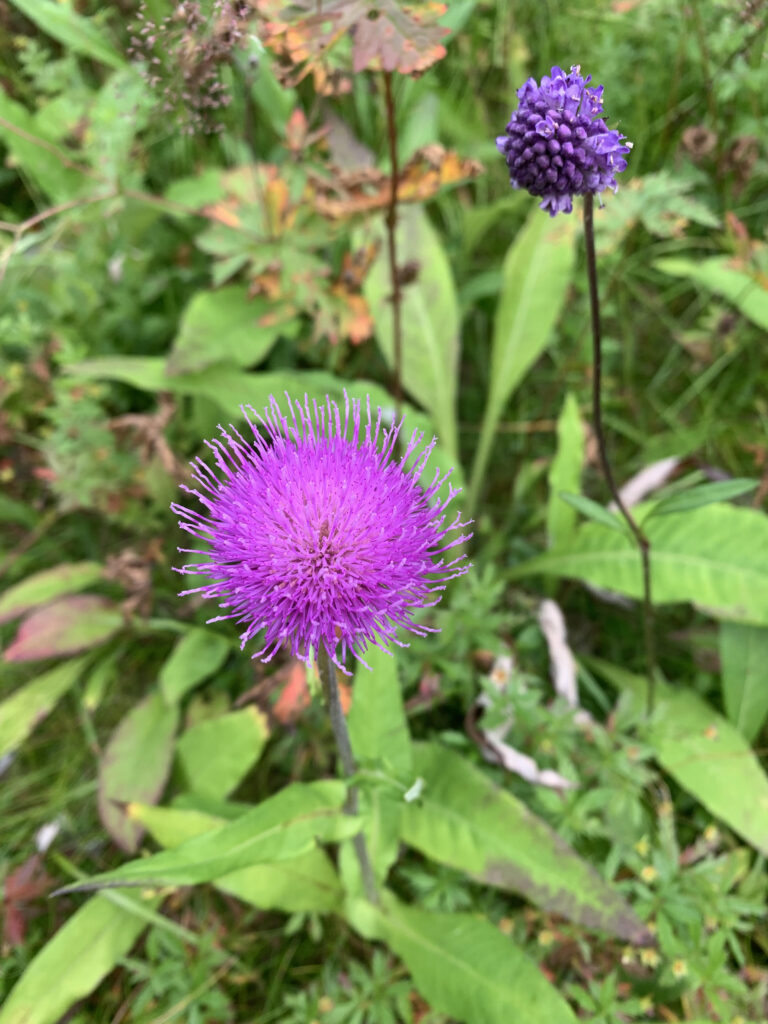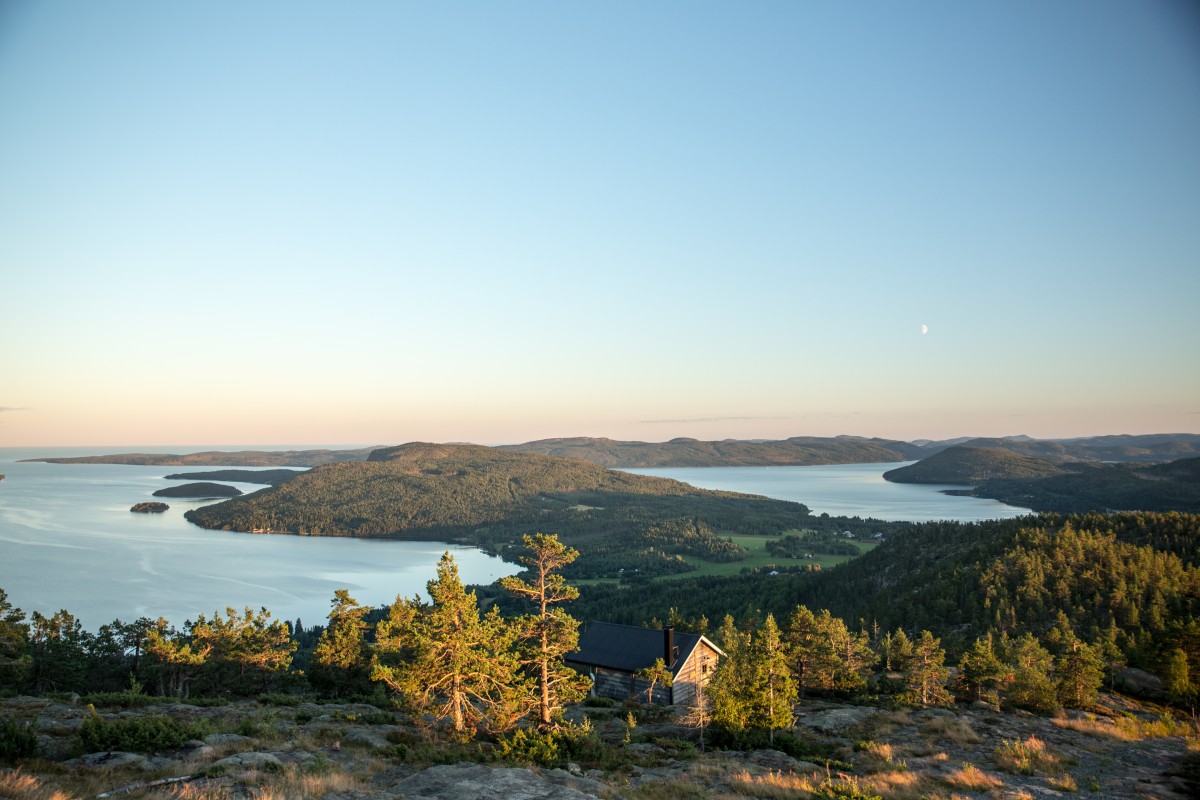Sophie Gandet is the Head of Community at Journeys With Purpose, an organization that blends conservation, storytelling, and meaningful travel to some of the world’s most unique ecosystems. A true globetrotter who has visited all seven continents, her work lives at the intersection of wildlife preservation, education, and deep human connection.
The waves sat down with Sophie to talk about purpose, travelling, and life.

Name: Sophie Gandet
Based in: Lausanne, Switzerland, moving to Cape Town, South Africa in 2025
What she does: Head of Community at Journeys With Purpose
Passions & interests: Wild, remote landscapes, the intersection of conservation and community, and creating meaningful connections —driven by a constant curiosity about what shapes people, places, and purpose.
Can you tell us a bit about your path to Journeys With Purpose – what led you there, and what does your role involve today?
I’ve always felt a deep pull toward wild places and the stories they hold—of nature, of community, of resilience. After years working across the globe, from grassroots conservation to storytelling, I found a home at Journeys With Purpose. It’s where my passions converged: conservation, collaboration and meaningful connection. Today, I serve as Head of Community, which means I build relationships with our global network—from conservationists and local leaders to storytellers and travellers. I also support the design and delivery of our immersive journeys, making sure they’re not only transformative for participants but also meaningful for our hosts.
What does “purpose” mean to you, both in your work and in life more broadly?
For me, purpose is about alignment—when your values, your actions, and your impact are in harmony. It’s not just a big, lofty idea. It’s found in small, intentional choices, too: who you listen to, how you show up, what you stand for. In my work, purpose is about amplifying the voices of those restoring ecosystems and cultures. In life, it’s about staying curious, being in service, and treading kindly.
How do you ensure that your journeys have a real, positive impact – both for local communities and for nature?
Impact is woven into every step of our journey design. We only work with local partners who are leading conservation and community-led initiatives on the ground. Our journeys are hosted by these changemakers, meaning guests are not just observing, but listening, learning, and directly contributing to long-term goals. We’re also intentional about group size and duration—ensuring that our presence uplifts, rather than extracts.
Is there a particular encounter with a place or an animal that has left a lasting impression on you?
Yes—my first solo drive as a guide. I was responsible for nine guests when we encountered a breeding herd of elephants. My heart was racing—part adrenaline, part awe. There’s an incredible weight to moments like that. You have to be completely focused, observing every shift in posture, every movement, reading the energy of the herd.
The matriarch noticed us immediately. We locked eyes, and I spoke to her softly—not expecting a response, but offering calm and respect. There was a powerful stillness in that exchange. She held her ground, and so did we. The younger elephants moved around us freely, sensing that we meant no harm.
In that moment, I felt what it truly means to guide—not just people, but an experience, a space of mutual respect. You’re not in control; you’re a guest. And when that’s understood, something extraordinary happens. You’re allowed to be there—not just to watch, but to connect.

What’s your perspective on the link between sustainable travel and conservation? In what ways can travelers be part of the solution?
Sustainable travel can be a force for good—when done thoughtfully. It can support conservation financing, raise awareness, and create livelihoods that incentivize protecting rather than exploiting nature. But travelers must ask: Who benefits from my visit? Whose story is being told? Being part of the solution means choosing regenerative travel, staying longer, going deeper, and listening more than you speak.
If you could design a journey to any place in the world, accompanied by one person – living or dead – who would you bring, where would you go, and why?
I’d go somewhere wild and remote in Africa—perhaps South Sudan or the highlands of Ethiopia. Places where the landscapes are vast and raw, where wildlife still moves freely, and where the relationship between people and nature is both ancient and deeply complex.
But rather than bringing a famous name, I’d choose to be accompanied by someone whose work has gone largely unrecognised—a local hero who has dedicated their life to navigating the challenges of human-wildlife conflict. Someone who knows the land intimately, who understands the tensions and the possibilities, and who has worked quietly, persistently, to protect both people and animals.
It would be a journey of listening and learning—one that honours the voices we don’t often hear, but who are doing some of the most important work on the frontlines of conservation.
What do you do when you need to recharge or find inspiration?
I go to nature—always. Being in the bush, surrounded by wildlife and the rhythm of the land, resets something in me. It’s where I feel most grounded and connected. There’s nothing like the stillness of early morning out in the wild, when all you hear are bird calls and the wind through the grass.
I also draw, especially when I want to process or express something words can’t quite capture. I watch documentaries that reconnect me with the bigger picture, and I reach out to people who are working in similar spaces—conservationists, storytellers, community leaders. Their energy and commitment constantly remind me why I do what I do.

You recently traveled with Peace Parks Foundation – can you tell us about that experience and what left the strongest impression on you?
Peace Parks Foundation is doing extraordinary work to restore and reconnect ecosystems across southern Africa, often across political borders. What struck me most during the journey was the scale—not only in terms of the vast, breathtaking landscapes, but also in the complexity of the work. It’s not just about protecting wildlife—it’s about reweaving ecological and human systems that have been fragmented.
One of the strongest impressions was how deeply conservation is tied to the lives and livelihoods of the people living in and around these areas. You can’t talk about wildlife without talking about food security, access to water, education, and opportunity. Conservation only works when it uplifts communities—when they are not just participants, but leaders in shaping the future of their land.
Peace Parks understands this. From supporting smallholder farmers to building transfrontier parks that facilitate both wildlife migration and cross-border collaboration, they are investing in long-term, systemic solutions. It reminded me that real conservation is not about isolation—it’s about connection. Between species, between countries, and most of all, between people and place.

Do you live by any motto or guiding philosophy?
“Leave a place better than you found it.” Whether that’s a physical landscape, a conversation, or a relationship—it’s a reminder to be mindful, generous, and to always give more than you take.
What are you dreaming of right now, personally or professionally?
I’m dreaming of a world where restoration becomes our default response—to crisis, to disconnection, to loss. Professionally, I dream of expanding Journeys With Purpose to reach more people who want to be part of that healing—creating spaces where stories are shared, ecosystems are revived, and purpose is ignited. Personally, I’m dreaming of more time in the wild, more learning, and more moments of awe.
Photos from Sophie’s personal archive
Follow Sophie on Instagram
Follow the waves on instagram
Check out Journeys With Purpose

